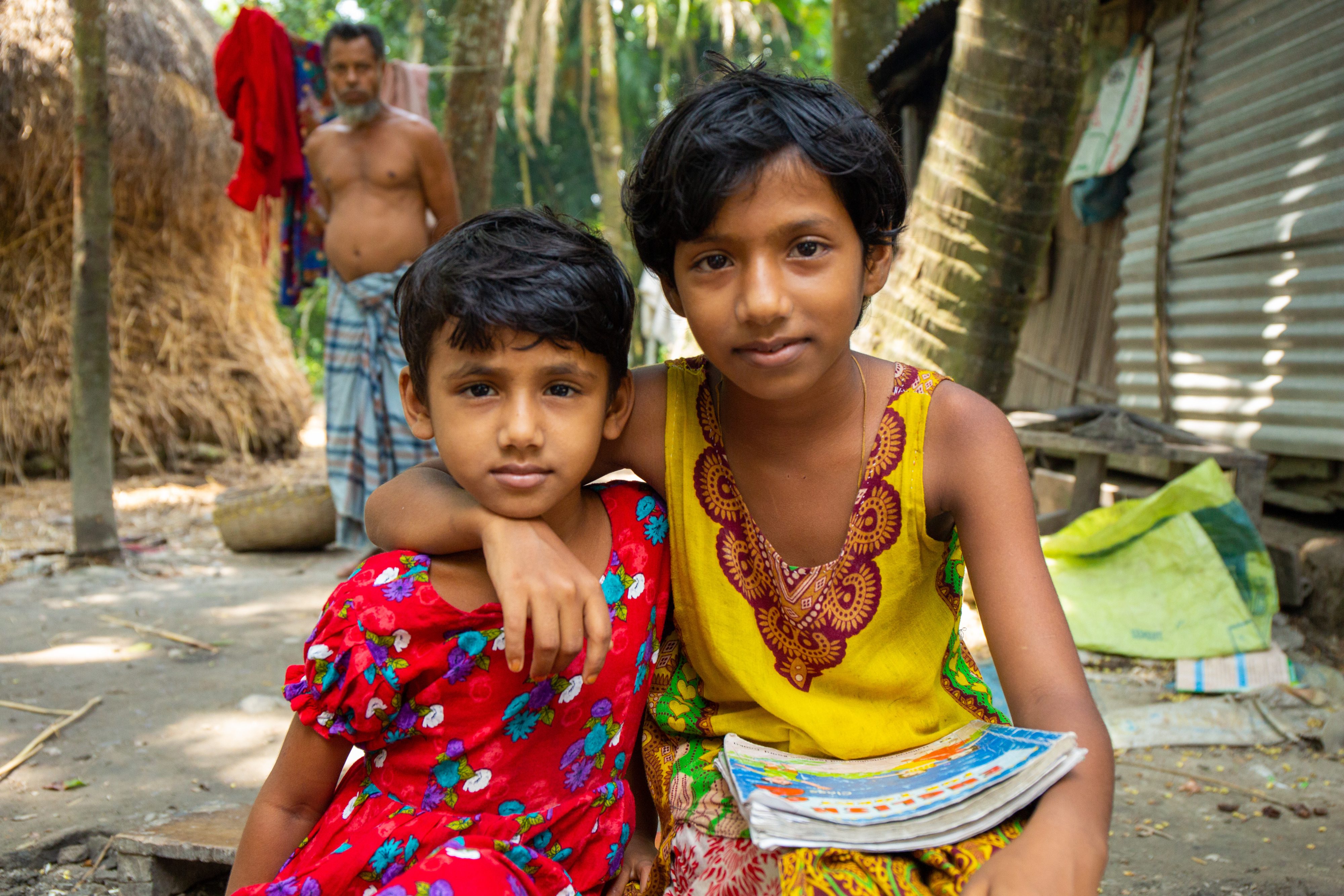219 natural disasters happened in Bangladesh between 1980 and 2008, causing over US$16 billion in total damage.
Project with urban schools and slum communities
Background
Project outcomes
This project improves the resilience of local communities to ensure that schools are safe. Community level activities include raising capacities of women and children on safety and risk reduction, supporting the training of urban community volunteers as first responders to be ready when a disaster strikes, and advocacy campaigns to influence policy makers. We work closely with governments to ensure that municipalities and city corporations incorporate risk reduction actions into annual development. The project is expected to reach around 13,000 direct beneficiaries and over 65,000 indirect beneficiaries.
The project is expected to reach around 13,000 direct beneficiaries and over 65,000 indirect beneficiaries.
Support our work

